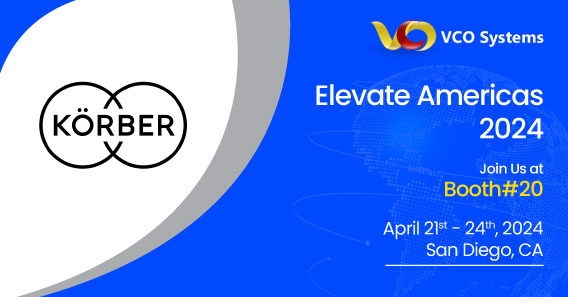Solving The $260B Returns Problem In Today’s Fast-Paced Omnichannel Climate
According to figures provided by the National Retail Federation (NRF), approximately 8–10% of all merchandise sales are returned to retailers in the U.S., a number that can swell to over 30% for online purchases, particularly for those merchants selling apparel and other fitted goods. NRF estimates that $260 billion of returns were processed in 2015, less than half of which were resold at full price. The takeaway from these figures? Customer returns are a major hidden cost for retailers, which in an increasingly competitive environment can be the difference between turning a profit or a loss. There are ways retailers can combine better inventory planning and management with improved supply chain techniques to optimize returns efficiency, and improve their bottom lines.
So what customer behavior drives such a high return rate, particularly in apparel? Savvy shoppers have figured out how to optimize their own shopping experience, often buying multiple sizes of the same item, knowing they will keep the best fit and send the others back. For online shoppers, this behavior mimics in-store habits like trying on different sizes in a fitting room. The problem is, getting this returned inventory back in-store or in the right warehouse location to be resold can be difficult. And for “fast fashion” retailers like Charlotte Russe or Forever 21, product cycles for seasonal goods can be as short as a matter of weeks, leaving little time for processing.
At VCO Systems, our new suite of light solutions helps our clients better manage their returns problem in a variety of ways. Returns often come back on pallets that may be stacked initially in one corner of a warehouse or distribution center. Using our light solution on a mobile cart can bring the sorting directly to the returned merchandise location, rather than the reverse. With cubbies that light up the correct slots simply by scanning a barcode, the goods can be placed back into inventory quickly and accurately, while also freeing up valuable space on the warehouse floor. The ability to scale up or down is also important here — for some retailers, the intake of returned merchandise into inventory in this manner may only be necessary during a few peak times of the year, or perhaps after major promotional pushes. In those cases, using our solution with mobile carts allows this to happen virtually on the fly. For others, a more permanent scanning area may make more sense to expedite this process year-round.
Moving quickly to convert returned merchandise back into saleable goods is critical for today’s modern retailer competing in an omnichannel environment. It requires a process that begins with smart inventory planning taking into account known returns patterns, and accurately projecting volumes and timing based on data. Retailers who are successful at working across the supply chain for better end-to-end performance will be rewarded not only with improved profit margins, but also happier customers more likely to become repeat, loyal shoppers.

